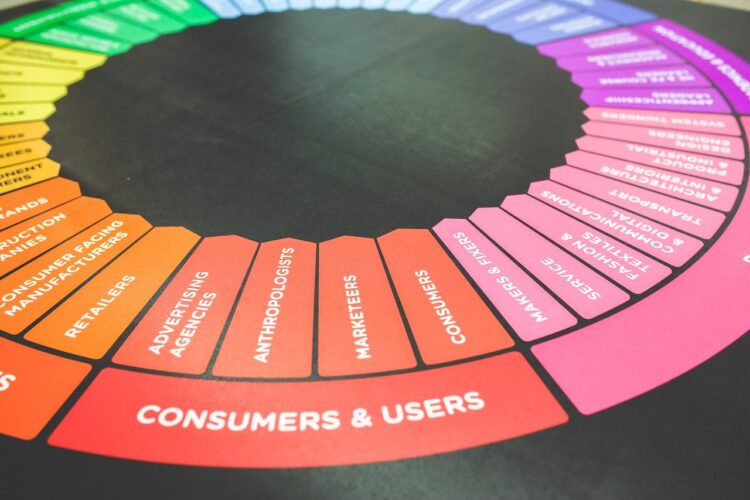Always-on advertising is no longer sustainable

Many advertising campaigns run on a permanent basis so that the brand is likely to be ‘front of mind’ for consumers. But this is profligate and increasingly unnecessary.
Around 2% of the world’s greenhouse gases are generated by the internet according to Boston Consulting Group. ClimateCare estimates put this figure at 3.7% for our gadgets, the internet and the supporting systems.
But while the exact figures vary, the general consensus of opinion is that the internet is responsible for a significant proportion of global carbon emissions.
Looking specifically at advertising, a Facebook ad generates 23g of carbon for every 500 ad impressions it receives, based on the calculations of one media agency promoting its focus on reducing the environmental impact of digital advertising.
Deep-rooted change required
With that knowledge, and the added pressure generated by COP26, the voices questioning the advertising industry’s current operations are getting louder. There seems little doubt that the way we live needs to change in many ways; and it’s not just the products and services that we consume, it’s also the way in which brands promote these offerings that needs a rethink.
This theme is not new per se; traditional out-of-home has been under pressure for some time to use recycled paper and environmentally friendly ink for example. But it is probably the first time that the spotlight has been shone so unrelentingly on digital advertising.
Unsurprisingly the industry responses are innovative, with various options and initiatives already on the drawing board.
Ad industry openings
Ad Net Zero, the result of a partnership between The Advertising Association and ISBA, aims to help UK advertisers respond to the climate emergency through collective action to achieve net zero carbon emissions from the development, production and media placement of advertising by the end of 2030.
Meanwhile carbon calculators from companies including AdGreen, GoodLoop and Publicis Groupe measure the impact of creatives being transmitted and displayed to the end user. With this knowledge to hand, advertisers can take definitive action, such as reducing the file sizes of the assets used in the ad (to lessen the energy required to serve the ad onto devices), or removing the files altogether.
But there are opportunities to go further than that. For example, data from a site such as the Energy Dashboard could be leveraged so that ads are only activated whenever the national grid is at least 50% powered by renewable energy sources.
Context holds the key
Ultimately this points towards a change of mindset – a step back from the ‘always-on’ advertising strategies traditionally preferred by many marketers. There is a strong argument that showing people ads on a continual basis does not enhance their effectiveness; rather the key is to use context to show a message when it’s most relevant. And by cutting down on ad traffic and undertaking smart advertising, brands can also take responsibility for their role in protecting the wider environment.
Many advertising campaigns run on a permanent basis so that the brand is likely to be ‘front of mind’ should a consumer decide to make a purchase. But with the climate in crisis, this seems increasingly profligate.
And it’s often not necessary. Knowing when to put an ad in front of someone at a time when they are already engaged with the offering or a related topic is a hugely powerful marketing tool regardless; it carries extra weight in terms of reducing carbon emissions.
Interacting with consumers in real-time
Moment marketing does just that. Powered by evolving technology (the AI discipline computer vision, and its subsets automatic content recognition, ACR, and optical character recognition, OCR, in particular) it provides contextual data and insights across broadcast media. This enables marketers to understand the precise moments that impact their brand and the context in which they occurred, and respond with an automated and appropriate ad strategy in real-time.
Someone watching The Great British Bake Off, for example, might want to try their hand at one of the contestant’s creations. Turning to their phone to check ingredients during the programme, they are more likely to respond to an ad for gluten-free flour, miso or matcha than when they check their device during a work-related Zoom call.
Or a brand analysing spikes in online activity might correlate them with relevant words and images that appeared on TV and the context in which they occurred; this lays much of the groundwork for knowing when to deliver a relevant ad on a second screen the next time the ‘trigger’ content is visible.
As such, it starts to present a good case for cutting back on advertising, but making it smarter and more nuanced.
Taking it a step further, a brand running a broadcast awareness campaign (that it knows is effective on its own) might choose to dial down its online advertising activity during peak TV advertising times. Digital messages can be saved for maintaining momentum when consumers won’t see ads on their television sets – a process that actively reduces carbon emissions.
Of course there are no hard and fast answers for tackling the climate crisis; rather it requires a sustained effort involving many activities and industries. But moving away from ‘always on’ advertising has the potential to put a serious dent in the CO2 emissions associated with digital advertising.
The technology is already up to the task – and there is no time to lose.
Ed Stevens is managing director of broadcast data company 7th Minute



